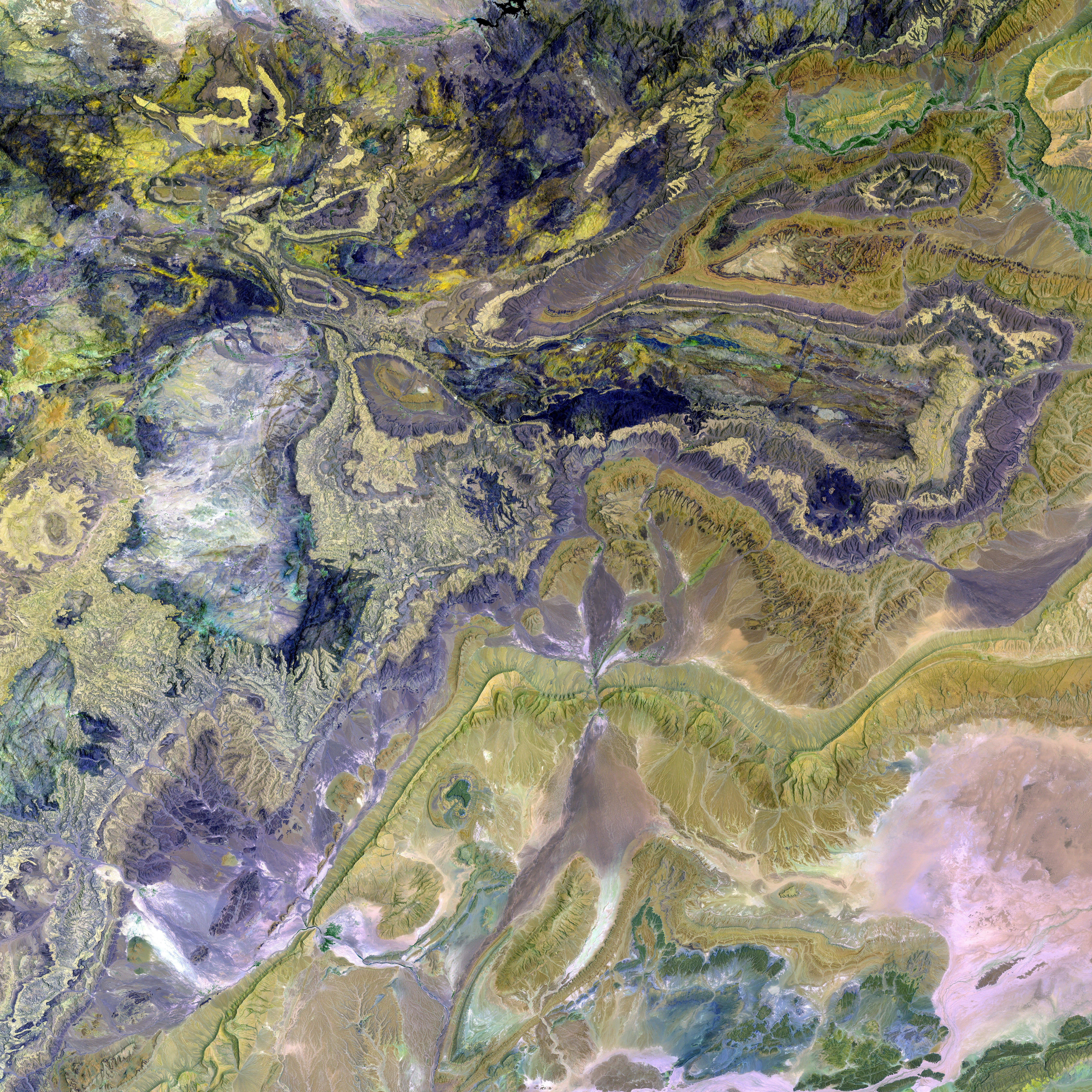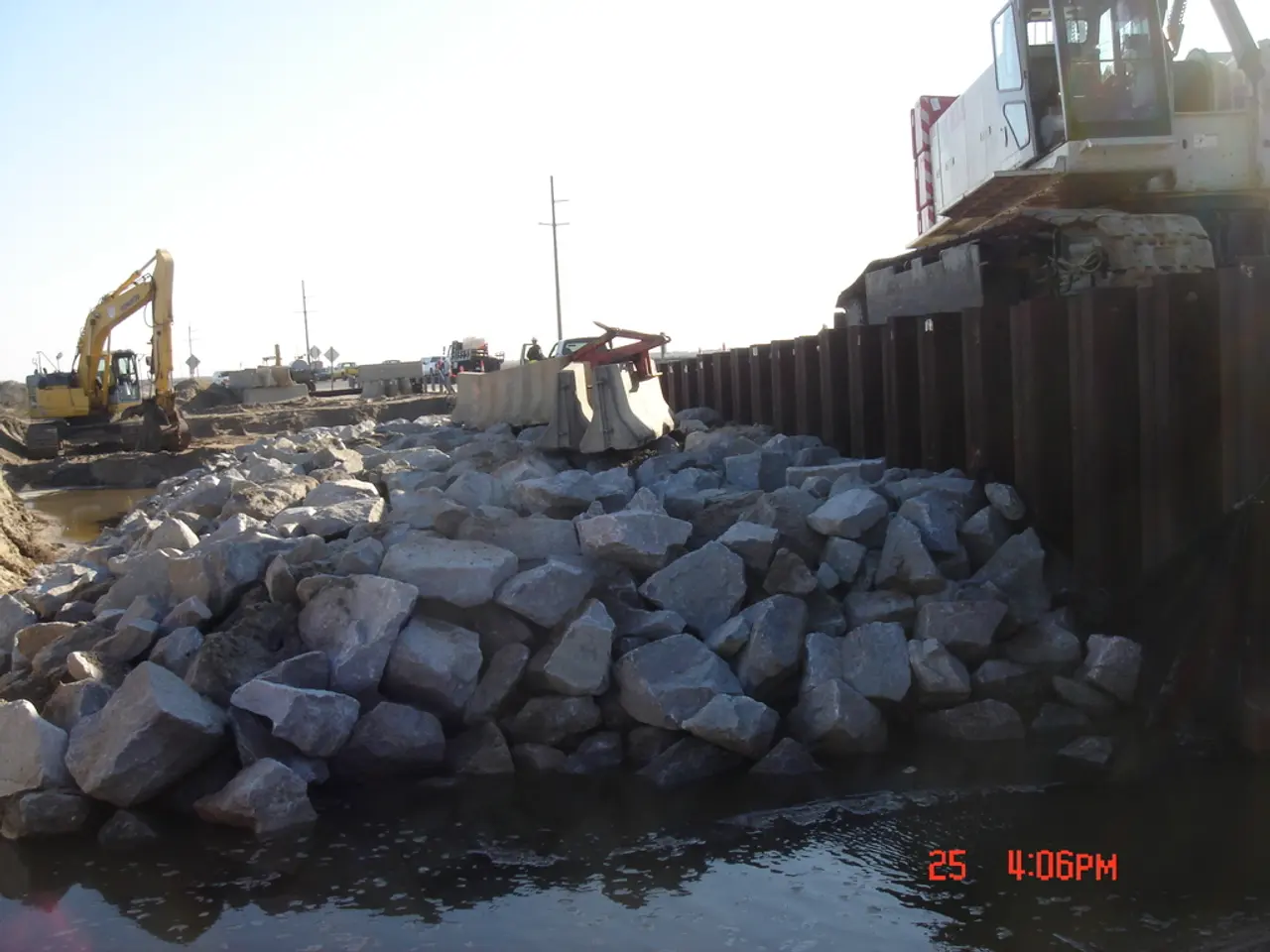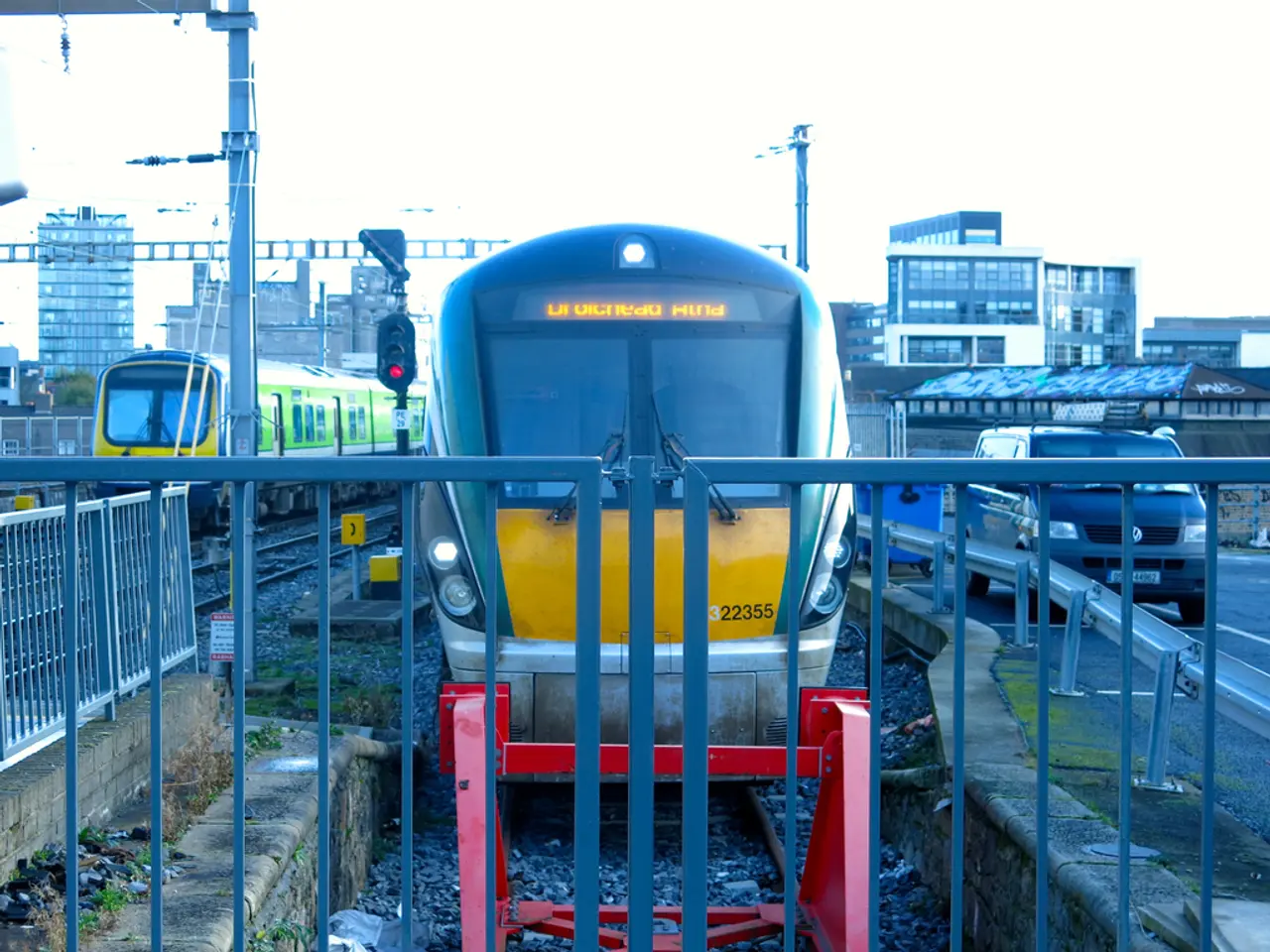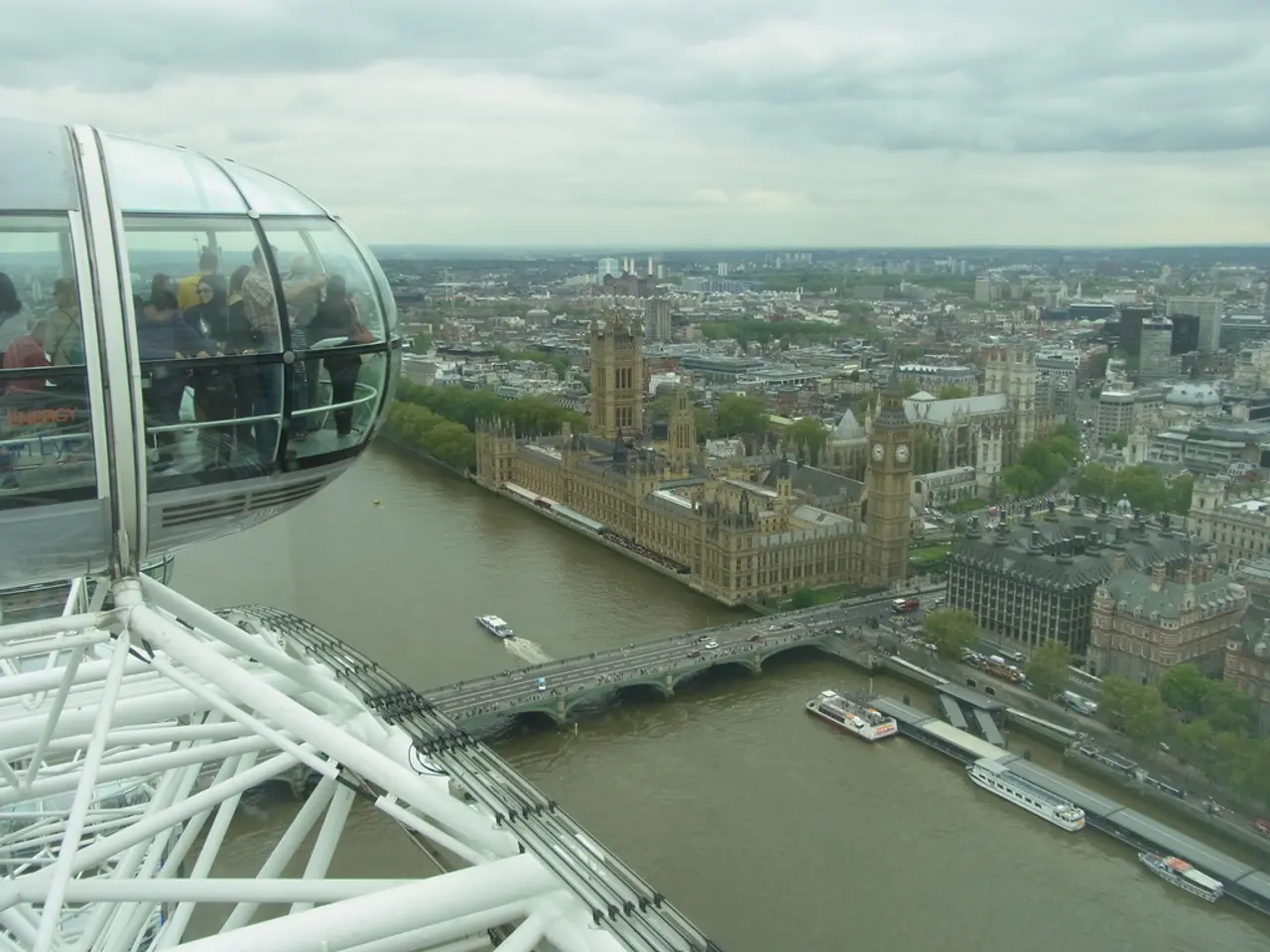Dodging Downpours: Bavaria's Persistent Struggle with Dry Spells
Persistent Lack of Rainfall Continues to Affect Bavaria - Inadequate rainfall reported in the region of Bavaria
Here's the lowdown: Bavaria's environmental experts are keeping a close eye on the current dry spell, even with recent showers gracing the region. The Bavarian Environment Agency in Augsburg declares that the winter half-year, from late November to late April, was "significantly too dry." The only relief was January 2025, but the other winter months were disappointingly barren.
Specialists examine the hydrological winter half-year and the sparse snowfall of the past winter serves as a stark reminder of the drought. In Wurzburg, there was just one day of a minimum one-centimeter snow cover, compared to four days in Augsburg and six days in Munich. On the other hand, residents in Hof, Upper Franconia, experienced relatively normal winter conditions with 34 snow days.
A Chilly Lesson on the Zugspitze
The snow-plight also echoes on Germany's highest mountain, the Zugspitze. The German Weather Service station reported a snow depth of 116 centimeters on May 5, a staggeringly low "snow cover strength" last seen in 1942 when it was only 85 centimeters.
Bavaria's groundwater reserves remain in peril. Scant rainfall over the past years means insufficient new groundwater formation. Almost half of the shallow measurement points indicated "low or very low" levels during the winter half-year, according to the Environmental Agency. The situation improved slightly last year in deeper groundwater layers, but still, 41 percent of the measurement points were showing low water levels.
No Silver Lining in Sight for Bavaria's Drinking Water
While deeper groundwater layers saw slight improvement last year, experts remain pessimistic about a recovery, attributing it to the renewed drought. The upcoming summer half-year offers little hope, as the evaporation caused by plants during the vegetation phase means less precipitation for the formation of new groundwater.
This is problematic since groundwater is Bavaria's primary source for drinking water, with more than two-thirds of Bavarian drinking water supplied by over 4,300 wells that tap into the groundwater, says the Environmental Agency.
Behind the Scenes:
Currently, there is no specific information available on the current state of Bavaria's groundwater reserves due to the recent dry spells. However, it's common knowledge that Bavaria, like other parts of Europe, has been affected by droughts and water scarcity issues in recent years.
Bavaria has implemented diverse measures to protect its natural ecosystems, such as creating a network of interconnected habitats, which may indirectly support groundwater health by preserving ecological balance. Nevertheless, detailed data on groundwater levels in Bavaria due to recent droughts is scant in available sources.
For a comprehensive understanding, it's advisable to consult local environmental reports or studies focusing on Bavarian groundwater reserves specifically.
- The Community Policy in Augsburg, Bavaria, recognizes the significance of ongoing dry spells and urges the implementation of water conservation strategies.
- As a response to the persistent dry spells, the Bavarian Government is considering offering vocational training programs in environmental-science for residents to promote sustainable practices and combat climate-change.
- In alignment with their values, the environmental advocates in Augsburg are pushing for more investments in vocational training in water resource management and hydrology to ensure the long-term sustainability of Bavaria's water supply.
- With the goal to enhance water management competencies, the Bavarian Government is planning to launch vocational training initiatives focused on hydro-meteorological sciences in 2025 to help tackle the challenges posed by climate-change, drought, and weather anomalies like the recent snowfall deficit.
- Scientists and policymakers in Augsburg are advocating for expanding vocational training in climate-change mitigation and adaptation practices to better equip the community to face future environmental challenges, such as dry spells and increasing instances of snowfall deficits.








